For successful soap making, you'll need reliable temperature control tools: digital and infrared thermometers, stainless steel probes, dual-purpose kitchen thermometers, heat-resistant containers with temperature indicators, smart thermometers with data logging, insulated soap molds, water bath systems, thermocouple thermometers, and temperature-controlled heating plates. These tools help you maintain precise temperatures during critical stages, ensuring proper saponification, vibrant colors, and high-quality bars. The right equipment transforms your soap from simply functional to professionally exceptional.
10 Best Temperature Control Tools For Soap Making
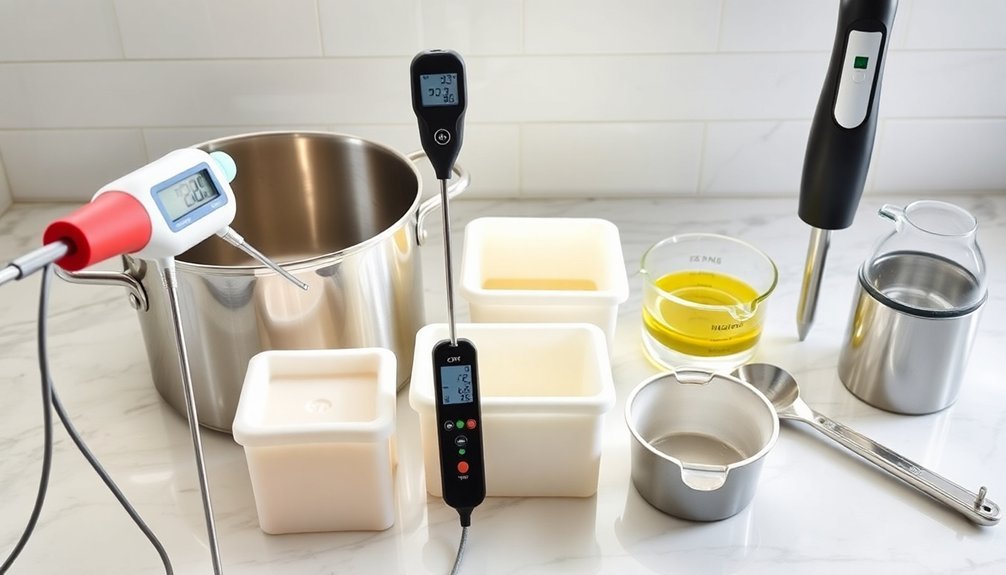
Four essential tools can make or break your soap-making success when it comes to temperature control.
Digital kitchen thermometers like the ThermoPro TP03 and Habor 022 offer precise readings from -58°F to 572°F, making them perfect for monitoring both your lye solution (ideally at 70-75°F) and oils (around 100°F).
Infrared thermometers provide contactless temperature readings, allowing you to check hot oils and waxes without contamination risks. These are especially helpful when you're juggling multiple ingredients simultaneously.
Don't overlook stick-on thermometers—they're invaluable for tracking cooling temperatures as your soap solidifies during curing. Simply attach them to your containers for quick visual checks.
Mastering temperature control with these tools will greatly impact your soap's quality and consistency, transforming you from novice to skilled soap maker.
Digital Infrared Thermometers: Non-Contact Precision
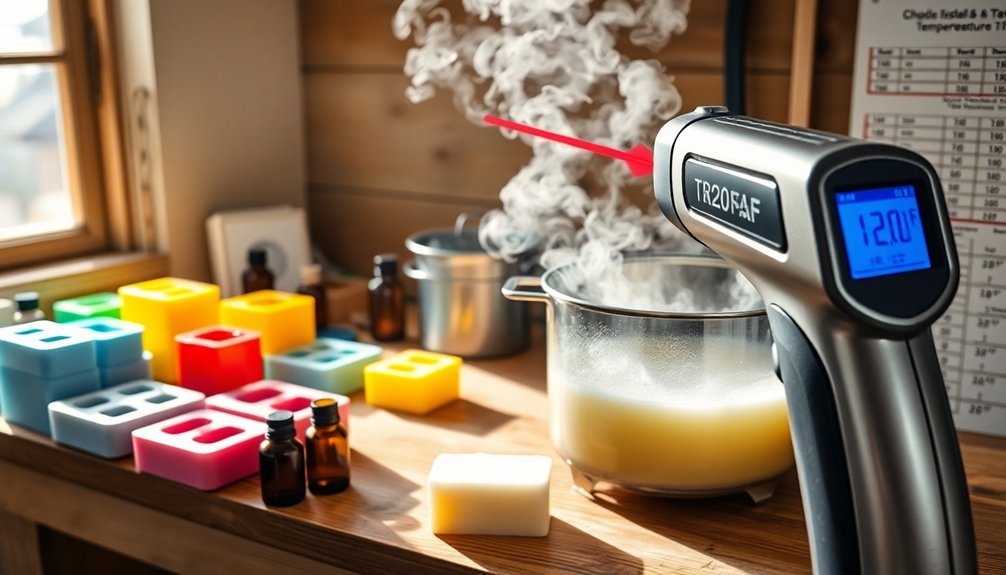
While traditional thermometers require direct contact with substances, digital infrared thermometers offer a game-changing advantage for soap makers.
You'll appreciate the ability to measure temperatures quickly and accurately without touching hot liquids like melted oils—keeping your hands safe during the process.
These versatile tools feature adjustable emissivity settings that guarantee precise readings across different materials in your soap-making workflow.
With impressive temperature ranges from -58°F to 986°F, you're covered for every phase of production.
You'll find the backlit displays particularly helpful when measuring the temperature in dimly lit workspaces.
The compact, portable design means your digital infrared thermometer can easily move wherever you need it in your soap-making studio, helping you maintain the critical temperature control that quality soap demands.
Stainless Steel Probe Thermometers for Lye Solutions

You'll need a stainless steel probe thermometer to accurately monitor your lye solution temperatures, ensuring proper chemical reactions during saponification.
These durable tools resist corrosion from caustic lye, protecting both your safety and the integrity of your measurements.
Always handle the thermometer with heat-resistant gloves and keep it properly calibrated to maintain the precision needed for consistent soap batches.
Precise Temperature Monitoring
Achieving perfect soap consistently requires precise temperature control, especially when working with potentially dangerous lye solutions.
Stainless steel probe thermometers are your ideal tools for this critical task, offering durability and resistance to the corrosive nature of lye solution while providing accurate readings.
These thermometers deliver quick results within an impressive range (-58°F to 572°F), allowing you to monitor both your lye and oils with a single instrument.
The long probe design lets you safely measure hot liquids without getting too close to caustic materials.
For best results, you'll want to calibrate your thermometer regularly.
This maintenance step guarantees the accuracy needed for successful saponification.
With proper temperature monitoring, you'll achieve the perfect chemical reaction every time, resulting in high-quality soap with predictable properties.
Caustic Safety Measures
Working with lye demands specialized safety measures beyond just monitoring temperatures. Your most essential tool is a stainless steel probe thermometer designed specifically for caustic solutions.
These thermometers feature corrosion-resistant construction that withstands lye's aggressive nature while providing accurate readings every time.
Look for a thermometer with a long probe that keeps your hands safely distanced from the lye solution. The ideal model will measure temperatures from -58°F to 572°F, accommodating all stages of your soap-making process.
You'll appreciate how easy stainless steel is to clean after use, ensuring no lye residue remains to compromise future batches or pose safety risks.
Proper temperature control with these specialized thermometers isn't just about product quality—it's about protecting yourself while handling dangerous chemicals throughout the soap-making journey.
Dual-Purpose Digital Kitchen Thermometers
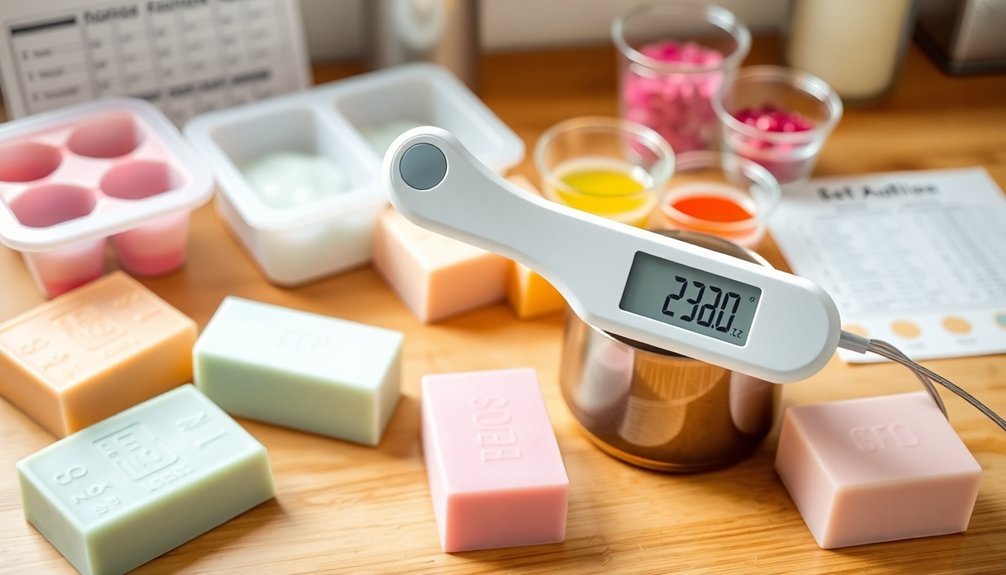
Dual-purpose digital kitchen thermometers serve as essential tools for soap makers who need precise temperature control throughout their craft. These versatile devices offer impressive temperature ranges from -58°F to 572°F, making them perfect for both your cooking and soap making ventures. Soap makers use these thermometers to verify lye and oil mixtures maintain ideal temperatures for successful saponification.
| Feature | Benefit | Application |
|---|---|---|
| Long probe | Reaches deep into liquids | Checking oil temps |
| Waterproof design | Enhanced durability | Withstands lye solutions |
| Easy-to-read display | Quick temperature verification | Monitoring cooling process |
| Compact size | Convenient storage | Fits in soap toolkit |
You'll appreciate the thermometer's portability and accuracy when measuring temperatures of various ingredients. Their waterproof construction provides longevity even when exposed to caustic soap-making components.
Heat-Resistant Mixing Containers With Temperature Indicators
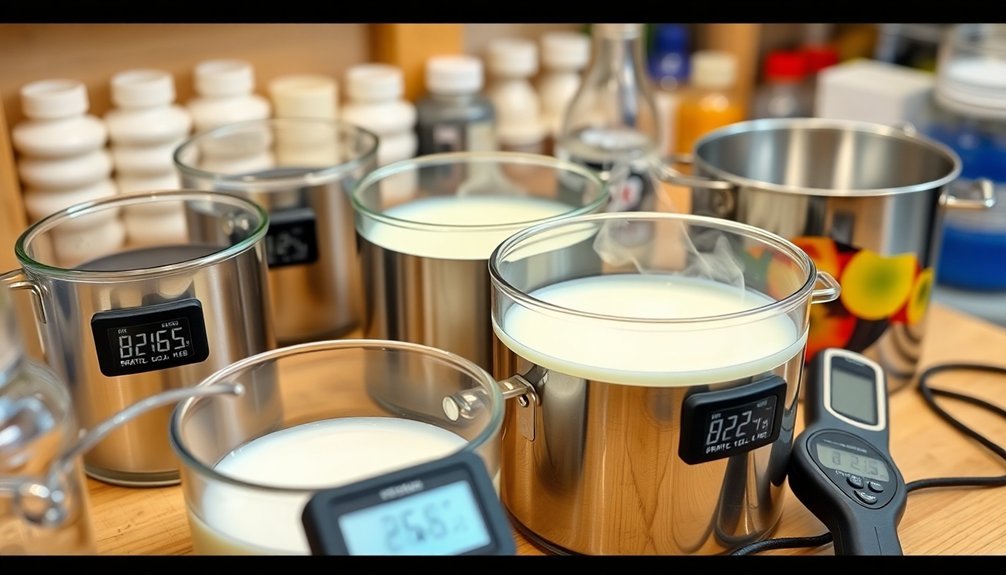
Heat-resistant mixing containers with temperature indicators represent the backbone of safe and precise soap making.
These specialized tools can withstand temperatures up to 300°F (149°C) without warping or melting, ensuring your equipment remains functional throughout the entire process.
Look for containers made of stainless steel, glass, or high-quality plastic that feature built-in temperature indicators.
These indicators allow you to monitor your oils and lye mixtures directly during heating, helping you identify when they reach the ideal combining temperature of 70-100°F (21-38°C).
For consistent results, choose containers with clear measurement markings that facilitate accurate ingredient ratios.
These dual-purpose tools eliminate the need for separate thermometers while streamlining your workflow, making them particularly valuable for beginners still mastering temperature management in soap making.
Temperature-Controlled Heating Plates for Oils
Temperature-controlled heating plates give you precise control over your oil temperatures, ensuring they reach the ideal 100°F for combining with lye without overheating.
You'll appreciate how these tools maintain consistent heat across your oils, eliminating hot spots that can compromise your soap's quality.
Modern heating plates with digital displays allow you to heat multiple batches of oils simultaneously while maintaining exact temperature specifications for each recipe.
Precise Temperature Regulation
When crafting quality soap, achieving precise heat control becomes essential for perfect saponification results. Temperature-controlled heating plates offer you the consistency needed for maintaining ideal oil temperatures around 100°F.
With adjustable settings and digital displays, you'll monitor conditions throughout the soap making process with confidence.
These specialized soap making equipment pieces eliminate guesswork through:
- Uniform heat distribution across their flat surfaces, preventing hot spots that could compromise your soap quality
- Automatic safety features like shut-off mechanisms that protect your valuable oils from degradation
- Precise temperature regulation that preserves the integrity of delicate essential oils and fragrances
Multi-Batch Oil Heating
Serious soap artisans often face the challenge of preparing multiple oil batches while maintaining consistent temperatures. Temperature-controlled heating plates solve this dilemma by providing precise regulation for both oils and lye solutions at the critical 100°F mark.
| Heating Plate Features | Benefits | Applications |
|---|---|---|
| Adjustable settings | Maintains ideal temperatures across batches | Multiple oil varieties |
| Safety shut-off | Prevents scorching of sensitive oils | Extended mixing sessions |
| Even heat distribution | Eliminates hot spots and inconsistencies | Professional production |
You'll appreciate how these specialized plates accommodate various container sizes while ensuring uniform heating. The automatic temperature alarms alert you before oils reach damaging temperatures, preserving their beneficial properties. By investing in quality heating equipment, you'll achieve batch-to-batch consistency that's impossible with conventional heating methods, elevating your soap from homemade to professional quality.
Smart Thermometers With Data Logging Capabilities
Professional soap makers recognize that precision is vital for consistent results, which is why smart thermometers with data logging capabilities have become invaluable tools in modern soap making.
These devices connect to your smartphone via Bluetooth or Wi-Fi, providing real-time temperature monitoring and alerts when conditions reach ideal levels for saponification.
With customizable logging intervals, you'll track temperature fluctuations at specific times, giving you deeper insights into your soap-making environment. Many models integrate with apps that analyze your data over time.
- Track your temperature journey – See exactly when and how your batches reached the perfect trace
- Never miss vital temperature windows – Get alerts when oils or lye reach target temperatures
- Build your soap-making mastery – Review historical data to perfect your techniques with each batch
Insulated Soap Molds for Controlled Curing
Insulated soap molds offer you essential temperature stability during curing, ensuring your soaps maintain proper heat levels for ideal saponification.
You'll find both homemade solutions using towels or cardboard boxes lined with insulating materials, as well as commercial options featuring silicone with wooden casings specifically designed for heat retention.
Premium models with removable silicone liners and adjustable insulation panels will give you professional results, though crafty makers often achieve similar benefits with simple DIY approaches that cost considerably less.
Insulation Benefits Explained
When crafting the perfect bar of soap, maintaining consistent temperature during the curing process becomes essential for quality results. Insulated molds provide the controlled environment your soap needs to achieve that smooth, even texture you're aiming for.
By minimizing heat loss, these specialized tools prevent temperature fluctuations that can lead to uneven saponification and potential defects in your finished product.
- Peace of mind – Watch your intricate designs cure perfectly without the frustration of soda ash formation on exposed surfaces
- Time savings – Experience faster, more efficient chemical reactions that enhance overall curing time
- Professional results – Create consistently superior soaps with the precise temperature management that hobbyists and professionals alike demand
Your soap deserves this extra care, especially when working with complex formulations that require stable conditions throughout the curing process.
DIY Insulation Solutions
While commercial insulation options abound, crafting your own insulated soap molds doesn't require expensive materials or specialized skills.
Old towels, blankets, or cardboard make excellent improvised insulators that help maintain consistent temperatures during the exothermic reaction of saponification. Simply wrap your soap molds with these household items, creating a thick protective layer that prevents rapid cooling.
This temperature control technique is particularly effective for enhancing color and fragrance integration while reducing the risk of glycerin rivers in your final product.
Proper insulating soap molds also promote uniform curing, eliminating unsightly cracks and uneven textures that can mar your soap's appearance.
Premium Insulated Options
For professional soap crafters seeking precision and consistent results, premium insulated molds represent a worthwhile investment.
These specialized tools feature double-wall insulation that maintains stable temperatures throughout the saponification process, eliminating fluctuations that can compromise your soap's quality.
You'll notice premium insulated soap molds make removal effortless thanks to their flexible yet durable construction, preserving your design's integrity while reducing cooling time considerably.
- Peace of mind – Know your carefully crafted recipe will cure consistently every time
- Time savings – Reduce waiting periods with optimized cooling that prevents cracks
- Professional results – Achieve smoother textures and vibrant colors that wow customers
Water Bath Systems for Gentle Oil Heating
As soap makers endeavor for precision, water bath systems emerge as the gold standard for oil heating. You'll achieve consistent temperatures without risking the scorching that can ruin your soap quality. Simply place your oils in a heat-resistant container inside a pot of simmering water for gradual, even heating.
Always use a thermometer to monitor both water and oil temperatures, keeping oils around 100°F to maintain their integrity. This method is particularly valuable when working with delicate ingredients.
| Benefits of Water Bath Systems | Application Tips |
|---|---|
| Prevents overheating | Use heat-resistant containers |
| Maintains oil integrity | Keep water below boiling |
| Reduces air bubbles | Monitor with thermometer |
| Even heat distribution | Stay around 100°F for oils |
| Ideal for delicate ingredients | Remove promptly when temperature reached |
Thermocouple Thermometers for Professional Soap Makers
Professional soap makers who demand laboratory-grade precision turn to thermocouple thermometers for their exceptional accuracy and reliability.
These specialized tools offer lightning-fast readings in seconds, allowing you to monitor critical temperature changes during saponification without delay.
With an impressive temperature range from -328°F to 2,372°F, you'll never encounter a soap making scenario these thermometers can't handle.
- Save precious time with dual-channel capabilities that let you simultaneously monitor both lye solution and oils
- Eliminate batch failures by capturing exact temperatures during critical mixing phases
- Extend your thermometer's lifespan with durable construction designed to withstand corrosive soap making ingredients
When precision matters in your soap making business, thermocouple thermometers deliver the consistent results you need for professional-quality products every time.
Frequently Asked Questions
Which Thermometer Is Best for Soap Making?
You'll find digital thermometers like ThermoPro TP03 or Habor 022 are best for soap making. They offer accurate readings, wide temperature range, and user-friendly displays, making it easy to monitor your oils and lye solution.
What Is the Best Temperature for Soap Making?
You'll want to keep your lye around 70-75°F and oils at 100°F for ideal soap making. Maintain consistent temperatures throughout the process and always use a reliable thermometer for the best results.
Do I Need a Thermometer for Soap Making?
Yes, you'll need a thermometer for soap making. It's crucial to monitor lye and oil temperatures (70-75°F and 100°F respectively) for ideal saponification, especially as a beginner learning temperature's impact on soap quality.
What Happens if Cold Process Soap Gets Too Hot?
If your cold process soap gets too hot, you'll face brittle bars with poor lather, potential lye separation, cracking, unsightly bubbles, and uneven texture or color from gel phase. Temperature control is essential.
In Summary
You'll find that having the right temperature control tools transforms your soap making from unpredictable to consistently excellent. Whether you're measuring lye solutions with a stainless steel probe or monitoring oil temperatures with an infrared thermometer, precision matters. Invest in tools that match your experience level and production volume. With proper temperature management, you'll avoid common pitfalls and create professional-quality soap every time you craft.
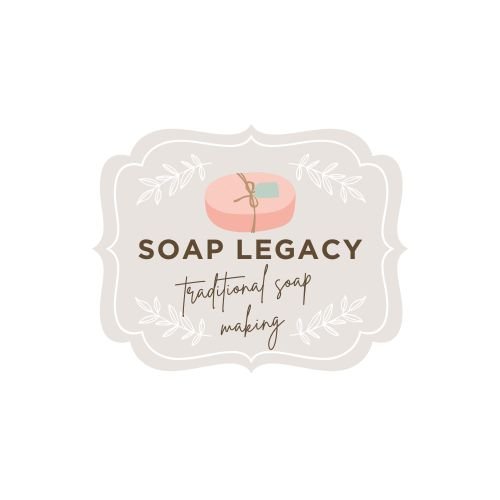
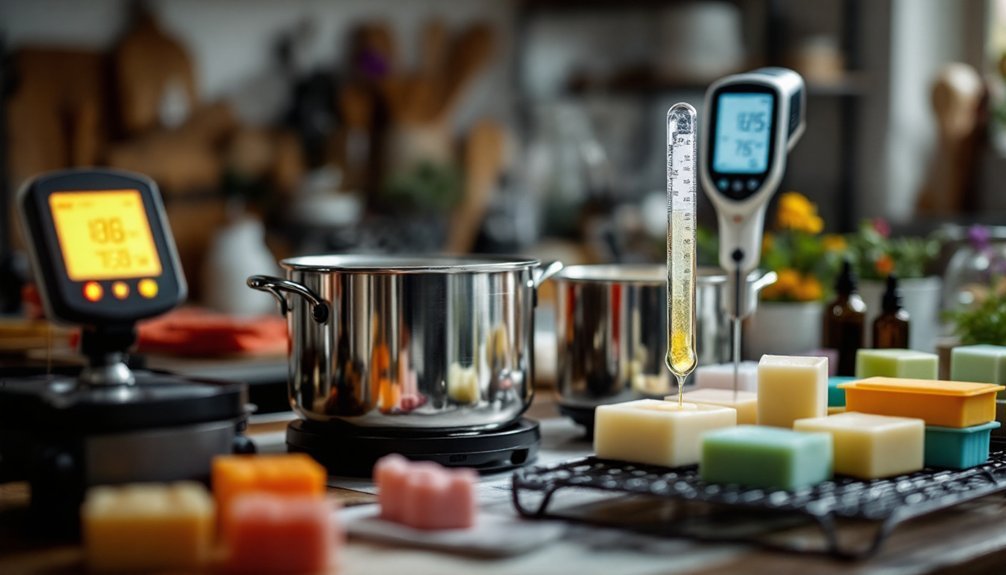


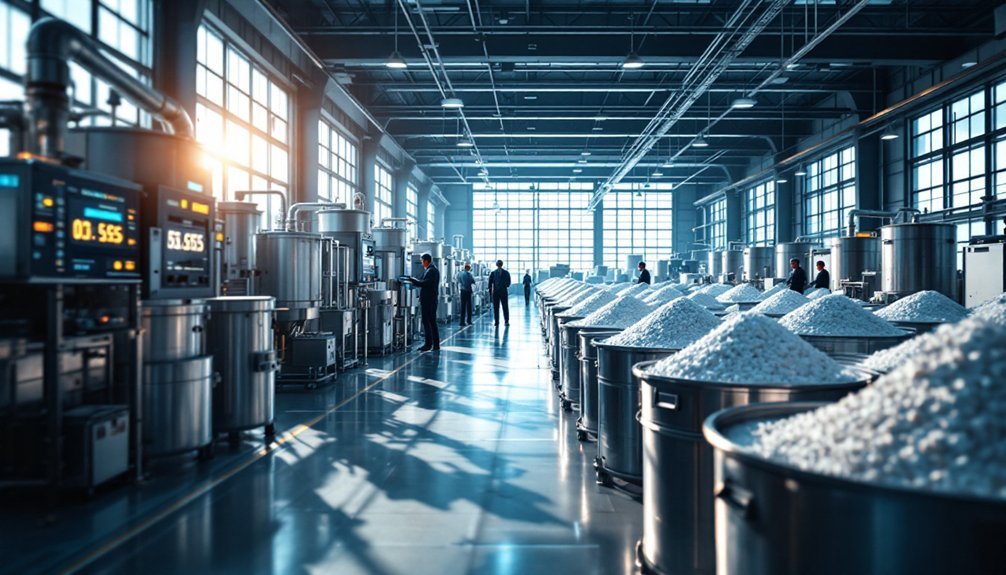
Leave a Reply